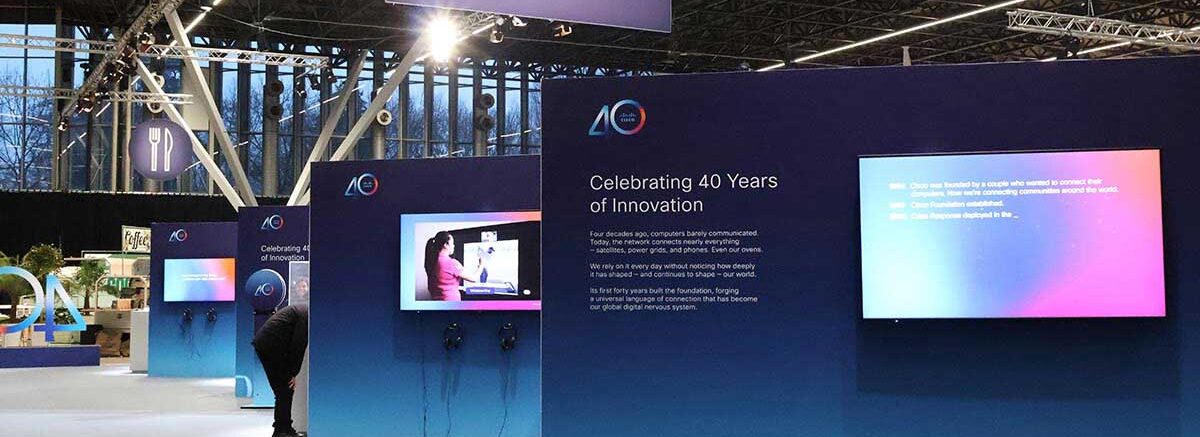Join Stuart Dawson, Solutions Engineer Director at Cisco UKI, as he walks down memory lane and shares insights about Cisco’s iconic moments and technologies. Joined Cisco in 2000, Stuart is a passionate architect and possibility thinker.
innovations of the decade, the Cisco Carrier Routing System (CRS-1).
CRS-1 was a new class of routing system designed for telecommunications
service providers to deliver next-generation data, voice, and video services over a
converged Internet Protocol (IP) network. It was engineered for large-scale,
high-bandwidth applications, such as video-on-demand, online gaming, and real-time
interactive services.
With 92 terabits (92 trillion bits) per second of bandwidth
capacity, when augmented by adequate network and transmission capacity, CRS-1 would
have been capable of the following:
- Downloading the entire printed collection of the U. S. Library of Congress
in 4.6 seconds, as opposed to 82 years on a dial-up modem at a transfer rate
of 56 thousand bps. - 1 billion people could have played an online game at the same time, using
real-time voice & chat. - The entire global population (6.4 billion at the time) could have had a
simultaneous phone call using Voice-over-IP technology.
In July 2004, the Guinness World Records certified the Cisco Carrier Routing
System (CRS-1) as the highest capacity Internet router ever developed, at 92 Tbps of
total throughput, designed to afford up to 100 times more capacity than previously
available. The Cisco CRS-1 became the first networking technology to be recognized
by the Guinness World Records.
